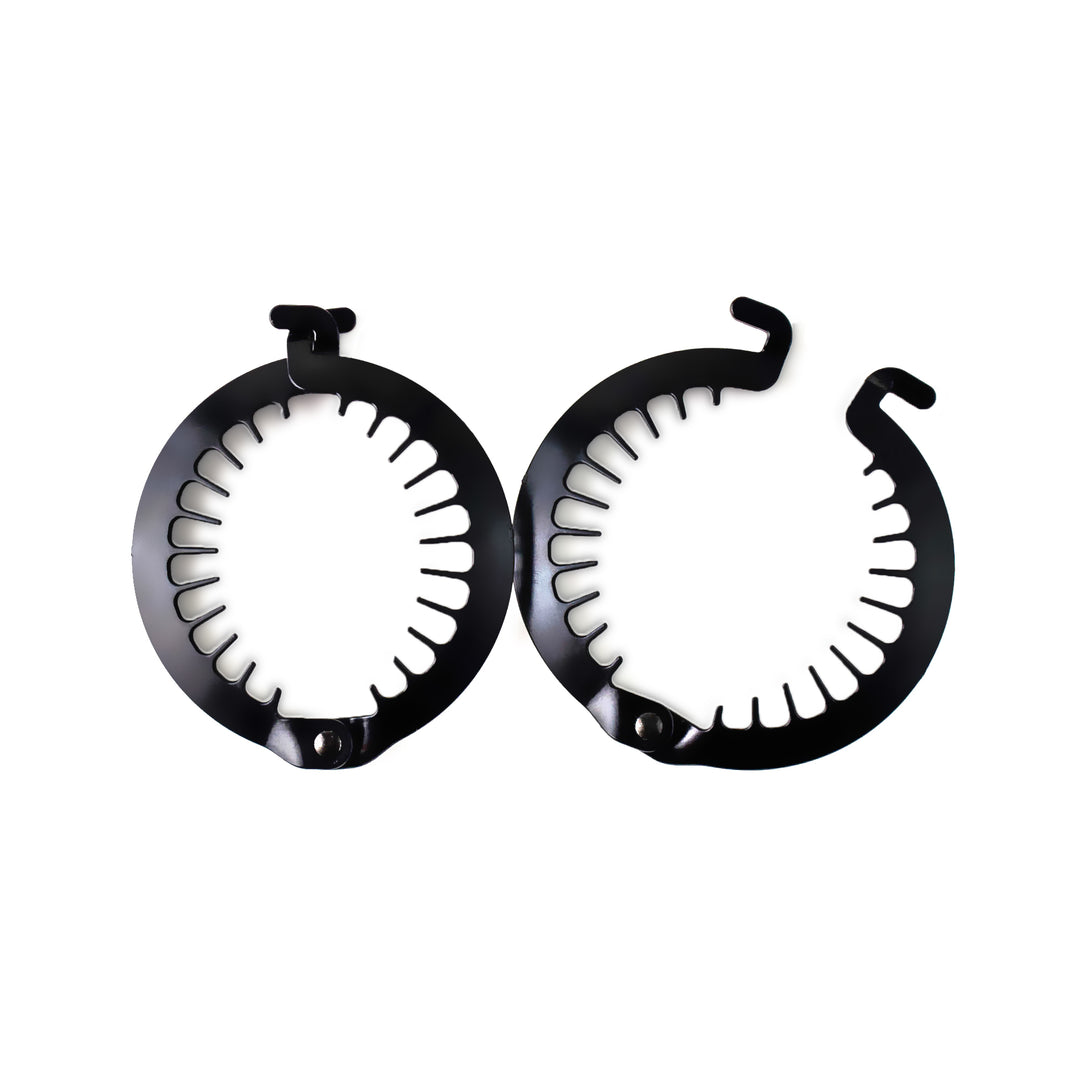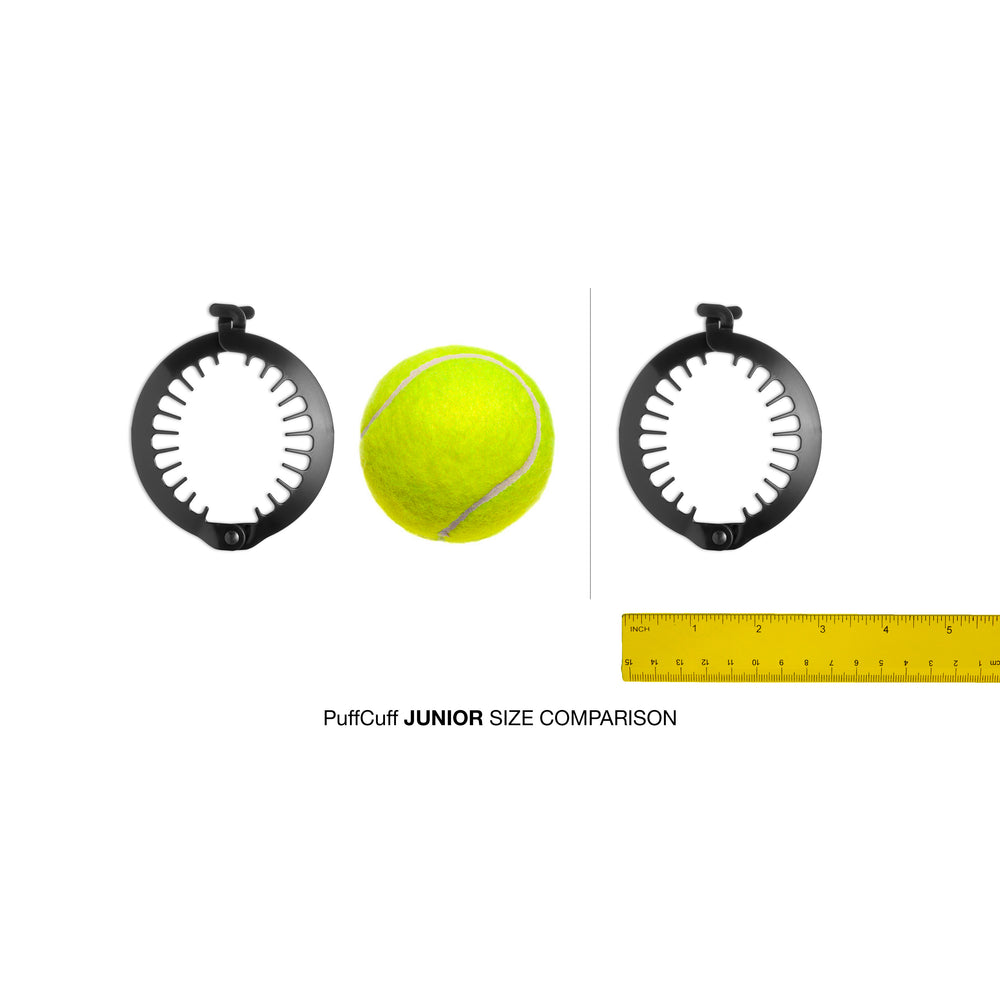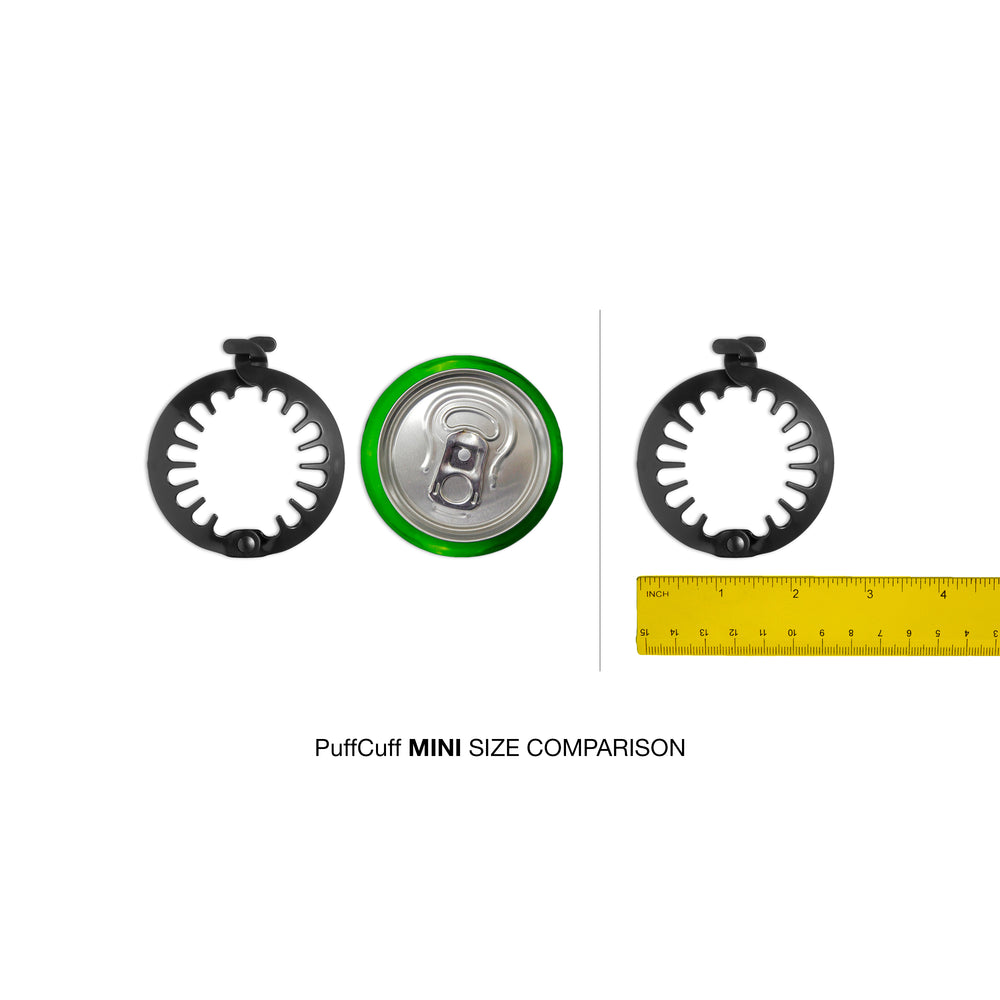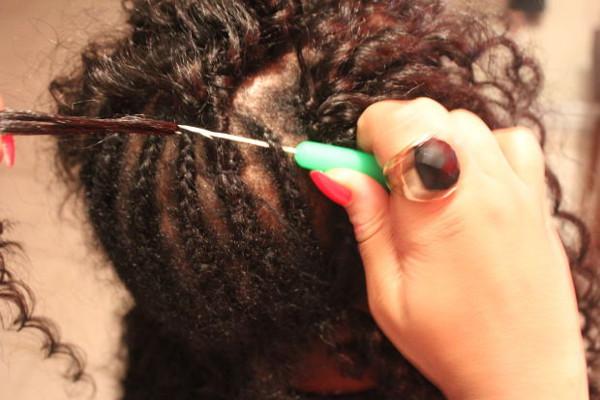How many combs do you have for your beard? One? Two? There are various beard combs available, each with a specific use and function when it comes to grooming. Need to detangle a thick beard? Try a wide-tooth comb. Beard feeling dry? A wooden comb is the way to go. We'll break down the benefits of the different types of beard combs so you know which tool suits your beard best.

Wide Tooth vs. Fine Tooth
Almost all combs are either wide-tooth or fine-tooth. Some even have both. Wide-tooth combs have thick individual teeth spaced further apart, while fine-tooth combs have narrow individual teeth closer together.
If you have thick and curly hair, go for the wide-tooth comb. The spaced-out teeth will move through your curls without snagging or ripping. If your hair is finer and leans wavy to straight, a fine-tooth comb is ideal for working out knots and bumps.
Wood vs. Metal Beard Comb
Wood combs and metal combs both have unique benefits. Combs are also often made of plastics, but plastic combs can be damaging and unreliable at best.

Wooden combs are ideal for conditioning and smoothing stray hairs. The porous material absorbs your beard's natural oils and your conditioning products, aiding in the moisturizing process. Think of a wooden brush like a cast iron skillet; the more you use and season it, the better it gets.

If you live an active lifestyle and need a tool to detangle and shape up on the fly, a metal comb is the way to go. They're typically very portable, durable, and small enough to throw in a pocket or bag. Plus, they can be used as a guide when cleaning up your beard line and easily washed thanks to the rigid metal material

Practicing with different beard brushes is an excellent place to begin as you develop your beard routine and grooming techniques. Don't be afraid to switch things up. The rules aren't set in stone, though. Many use brushes and combs various for different parts of their grooming routine, like using a wide-tooth comb to distribute product through a wet beard and then detangling with a fine-tooth comb or a TangleMaster®.











